活性炭和AQDS提高厌氧产甲烷效率的实验研究
活性炭和AQDS提高厌氧产甲烷效率的实验研究摘要在我国高浓度有机工业废水产量逐年增加以及能源日益短缺的背景下,环境污染严重,采用厌氧产甲烷技术去除污水中的有机污染物,不仅能有效降低环境负荷,还可以获得沼气且回收生物质能源,可同时满足社会和环境健康、可持续发展的需求。高浓度有机废水易被降解,产甲烷潜力高,然而在厌氧消化过程中中间产物挥发酸(VFAs)的产生和消耗不平衡,极易导致高浓度VFAs的积累,pH值下降,抑制产甲烷菌的活性,系统稳定性变差,极大地抑制了甲烷转化的过程因此解析甲烷转化过程中的限速因子,同时建立有效的解决方案是目前该领域的研究热点问题。在厌氧消化过程中,高分子有机物转化为甲烷是...
相关推荐
-
我国基层财政困难的制度成因分析与对策研究VIP免费
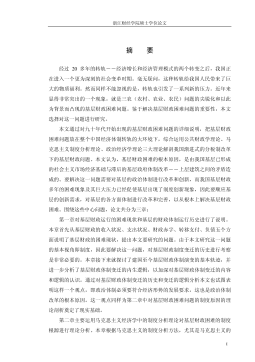
 2024-09-20 46
2024-09-20 46 -
我国煤电产业链纵向交易合约机制研究VIP免费
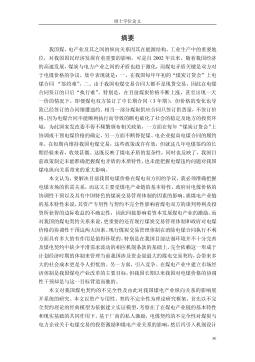
 2024-09-20 43
2024-09-20 43 -
生产要素视角下的上海市产业结构优化研究VIP免费
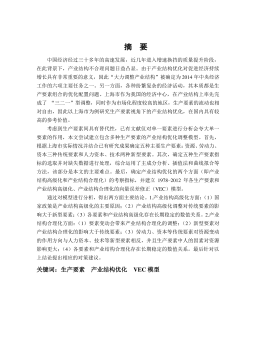
 2025-01-09 8
2025-01-09 8 -
我国银行业结构与经济结构关系研究VIP免费
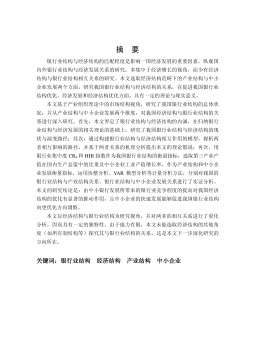
 2025-01-09 17
2025-01-09 17 -
大数据视角下农业供应链金融研究VIP免费
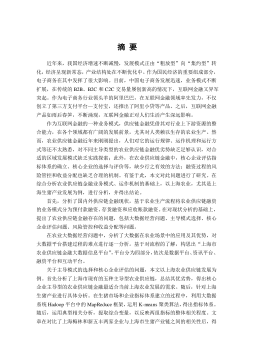
 2025-01-09 14
2025-01-09 14 -
跨国大型综合超市的规划研究VIP免费
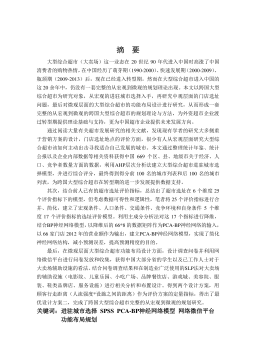
 2025-01-09 9
2025-01-09 9 -
跨境电商农产品质量安全问题研究VIP免费
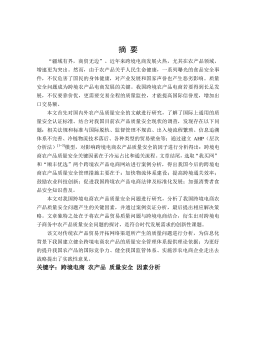
 2025-01-09 9
2025-01-09 9 -
世界市场的虚拟化与我国国际电子商务发展方向研究VIP免费
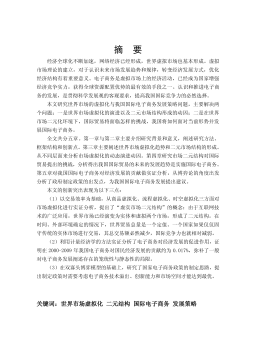
 2025-01-09 43
2025-01-09 43 -
中国政府对电力行业的价格规制问题研究VIP免费
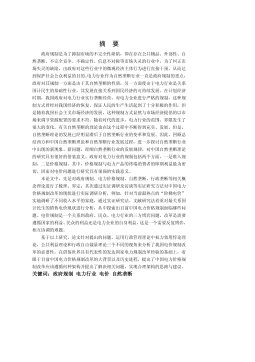
 2025-01-09 19
2025-01-09 19 -
中小企业信息化系统集成技术研究VIP免费

 2025-01-09 30
2025-01-09 30
相关内容
-

跨国大型综合超市的规划研究
分类:高等教育资料
时间:2025-01-09
标签:无
格式:PDF
价格:15 积分
-

跨境电商农产品质量安全问题研究
分类:高等教育资料
时间:2025-01-09
标签:无
格式:PDF
价格:15 积分
-

世界市场的虚拟化与我国国际电子商务发展方向研究
分类:高等教育资料
时间:2025-01-09
标签:无
格式:PDF
价格:15 积分
-

中国政府对电力行业的价格规制问题研究
分类:高等教育资料
时间:2025-01-09
标签:无
格式:PDF
价格:15 积分
-

中小企业信息化系统集成技术研究
分类:高等教育资料
时间:2025-01-09
标签:无
格式:PDF
价格:15 积分






